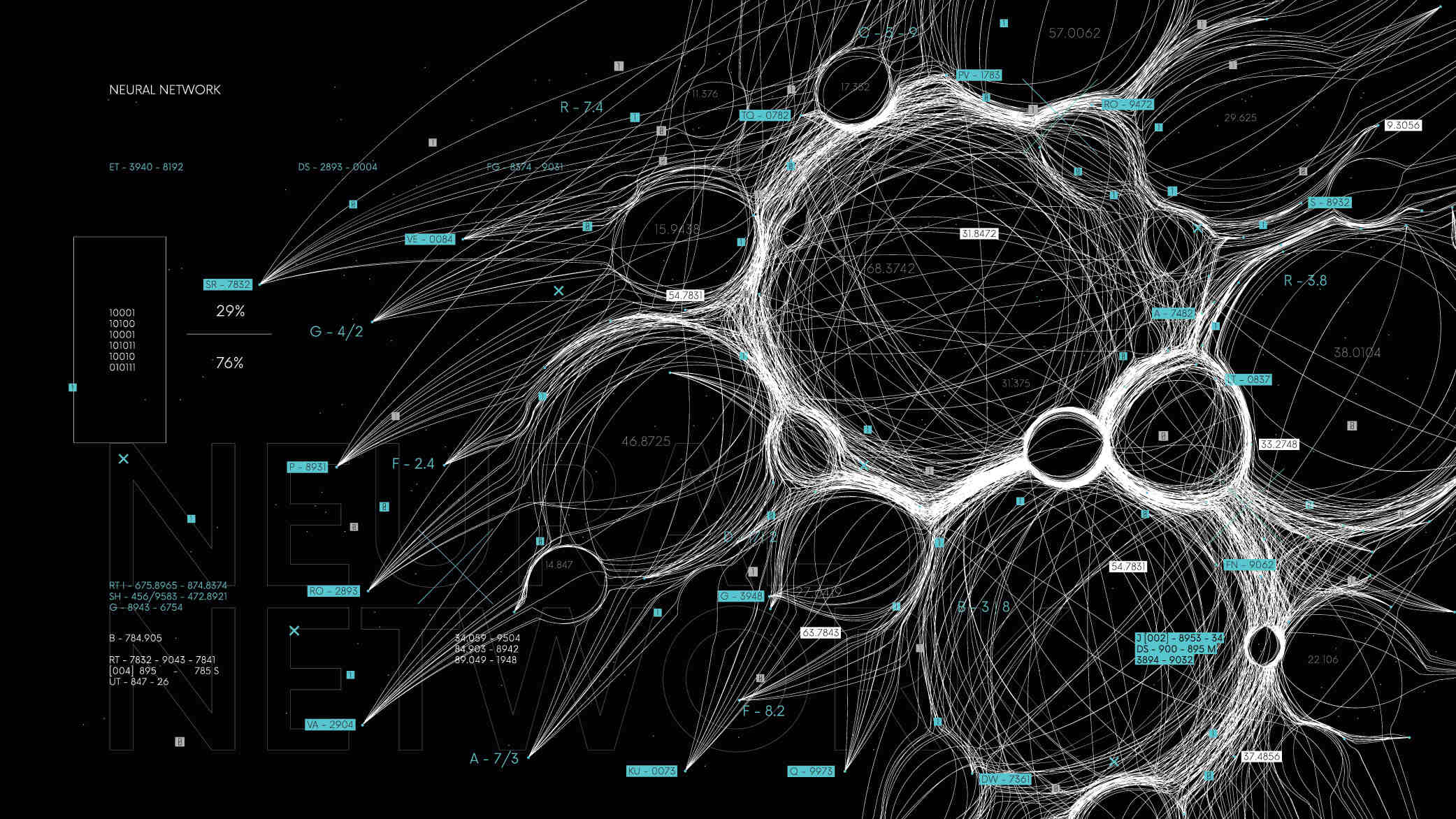
Neural networks are a hot topic in tech, but what exactly are they? Neural networks are computer systems modeled after the human brain, designed to recognize patterns and solve complex problems. They power everything from voice assistants to self-driving cars. But how do they work? Neural networks consist of layers of nodes, or "neurons," which process data and learn from it. Each layer refines the information, making the system smarter over time. Curious about the magic behind your favorite gadgets? Here are 30 facts that will help you understand the fascinating world of neural networks!
What Are Neural Networks?
Neural networks are a type of artificial intelligence modeled after the human brain. They consist of layers of interconnected nodes, or neurons, that process data. These networks can learn from data, making them powerful tools for tasks like image recognition, language translation, and even playing games.
- Neural networks mimic the structure of the human brain, consisting of neurons and synapses.
- The concept of neural networks dates back to the 1940s, with the work of Warren McCulloch and Walter Pitts.
- Neural networks are a subset of machine learning, which itself is a subset of artificial intelligence.
- They can be trained using supervised, unsupervised, or reinforcement learning methods.
- Neural networks are used in various applications, including speech recognition, image classification, and natural language processing.
How Do Neural Networks Work?
Understanding how neural networks function can be complex, but breaking it down helps. They operate by passing data through layers of neurons, each layer transforming the data in some way. The final output layer produces the result.
- Neural networks consist of an input layer, one or more hidden layers, and an output layer.
- Each neuron in a layer is connected to neurons in the next layer, forming a network.
- Neurons apply activation functions to the input data to introduce non-linearity, enabling the network to learn complex patterns.
- Common activation functions include ReLU (Rectified Linear Unit), sigmoid, and tanh.
- Training a neural network involves adjusting the weights of the connections between neurons to minimize the error in predictions.
Types of Neural Networks
There are several types of neural networks, each suited for different tasks. Knowing the types helps in selecting the right one for a specific problem.
- Feedforward neural networks are the simplest type, where data moves in one direction from input to output.
- Convolutional neural networks (CNNs) are designed for image processing and recognition tasks.
- Recurrent neural networks (RNNs) are used for sequential data, like time series or natural language.
- Long Short-Term Memory (LSTM) networks are a type of RNN that can learn long-term dependencies.
- Generative Adversarial Networks (GANs) consist of two networks, a generator and a discriminator, that compete to create realistic data.
Applications of Neural Networks
Neural networks have a wide range of applications across various fields. Their ability to learn and adapt makes them invaluable in many industries.
- In healthcare, neural networks are used for diagnosing diseases from medical images.
- Autonomous vehicles rely on neural networks for tasks like object detection and path planning.
- Financial institutions use neural networks for fraud detection and algorithmic trading.
- In entertainment, neural networks power recommendation systems for movies and music.
- Neural networks are also used in robotics for tasks like object manipulation and navigation.
Challenges and Limitations
Despite their power, neural networks face several challenges and limitations. Understanding these helps in setting realistic expectations and improving the technology.
- Neural networks require large amounts of data to train effectively.
- They are computationally intensive, needing powerful hardware like GPUs for training.
- Overfitting is a common problem, where the network performs well on training data but poorly on new data.
- Neural networks can be seen as "black boxes," making it difficult to interpret how they make decisions.
- They are sensitive to the quality of data, requiring careful preprocessing and cleaning.
Future of Neural Networks
The future of neural networks looks promising, with ongoing research and development. Innovations in this field could lead to even more advanced applications and capabilities.
- Researchers are exploring ways to make neural networks more interpretable and explainable.
- Quantum computing could potentially revolutionize neural network training by providing immense computational power.
- Neuromorphic computing aims to create hardware that mimics the brain's architecture, making neural networks more efficient.
- Transfer learning allows neural networks to apply knowledge from one task to another, reducing the need for large datasets.
- The integration of neural networks with other AI technologies, like reinforcement learning and evolutionary algorithms, could lead to new breakthroughs.
Neural Networks: A Quick Recap
Neural networks have transformed how we approach complex problems. From image recognition to language translation, these systems mimic the human brain to process data in innovative ways. They consist of layers of neurons that work together to identify patterns and make predictions. Deep learning, a subset of neural networks, has pushed boundaries even further, enabling advancements in AI and machine learning.
Understanding the basics of neural networks helps us appreciate their impact on technology and daily life. They power virtual assistants, recommendation systems, and even self-driving cars. As technology evolves, neural networks will continue to play a crucial role in shaping the future.
Stay curious and keep exploring the fascinating world of neural networks. They’re not just a tech buzzword; they’re the backbone of many innovations we rely on today.
Was this page helpful?
Our commitment to delivering trustworthy and engaging content is at the heart of what we do. Each fact on our site is contributed by real users like you, bringing a wealth of diverse insights and information. To ensure the highest standards of accuracy and reliability, our dedicated editors meticulously review each submission. This process guarantees that the facts we share are not only fascinating but also credible. Trust in our commitment to quality and authenticity as you explore and learn with us.
